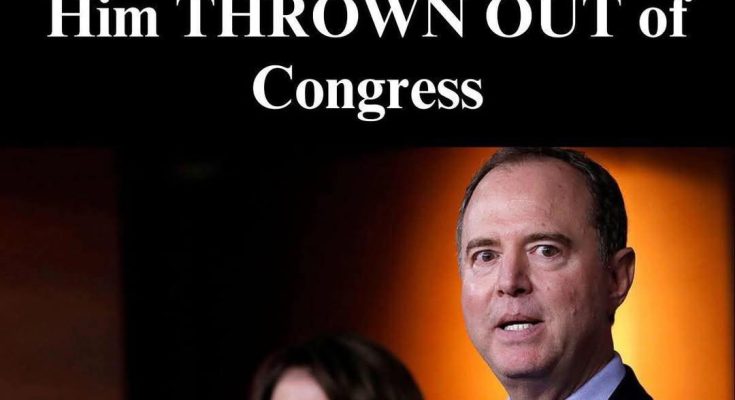Polling data supports Schiff’s concerns. A Reuters-Ipsos survey from spring showed that 52% of respondents felt Trump was not effectively controlling prices, yet only 41% believed Democrats offered a clearer plan. Schiff pointed to popular proposals like expanding the child tax credit, capping insulin costs, and easing zoning restrictions to increase housing availability. These policies enjoy broad support but often struggle to gain attention amid the noise of political theater.
Strategists connected to House and Senate campaign committees say Schiff’s remarks have already sparked internal discussions on how to “own” the affordability topic heading into the 2026 midterm elections. A senior aide mentioned plans to combine issues such as energy costs, home insurance premiums, and student loan relief into a single, simple message. The goal is for voters to easily remember and repeat the Democratic plan by the November elections.
Schiff’s openness has also led to speculation about his future role. While he downplayed leadership ambitions, donors say his candid assessment of party strategy combined with a clear policy vision has improved his reputation among grassroots supporters, who once saw him mainly as a figure tied to Trump-era investigations.
Whether Democrats can turn this renewed focus into electoral success remains uncertain. However, Schiff’s analysis has renewed the party’s internal conversation: in a media landscape dominated by brief viral moments, clear communication on cost-of-living relief may be more important than the loudest headlines.



